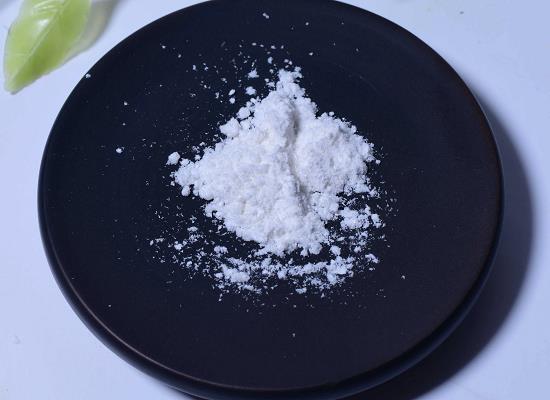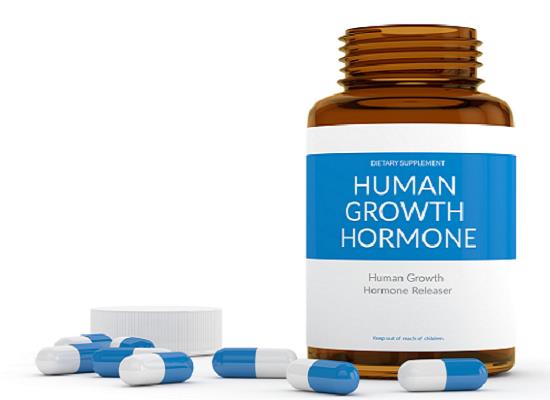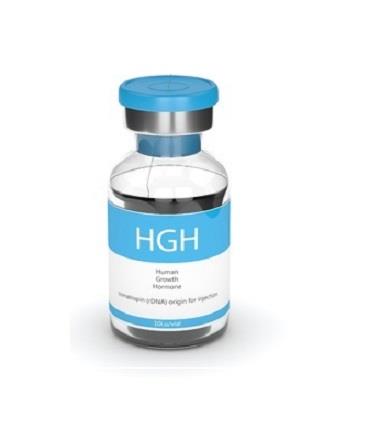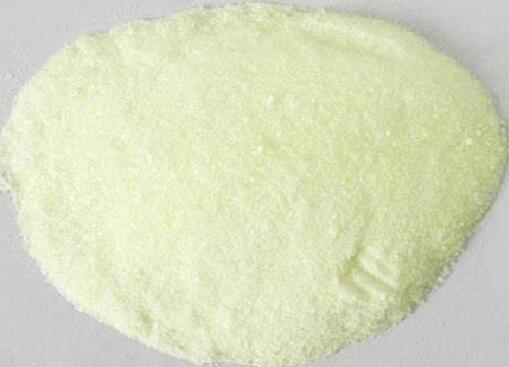Growth Hormone, Human: Secretion, Signaling Pathway and Treatment in Obesity
General Description
Obesity affects Growth hormone, human secretion by blunting the response to stimuli like hypoglycemia and arginine, leading to impaired its secretion. Elevated insulin levels in obesity stimulate IGF-I production while suppressing it secretion through negative feedback. High free fatty acid levels can also inhibit Growth hormone, human secretion. Despite blunted Growth hormone, human secretion, total serum IGF-I levels remain unchanged or slightly elevated in obese individuals. The Growth Hormone Signaling Pathway involves JAK-STAT5 phosphorylation and activation of other signaling pathways upon its binding to its receptor. Growth hormone, human treatment in obesity shows potential for reducing fat mass and increasing lean body mass, but side effects like glucose elevation and joint pain need monitoring. Further research is required to assess the efficacy and safety of Growth hormone, human therapy for managing obesity.

Figure 1. Growth hormone, human
Secretion in Obesity
Growth hormone, human secretion in obesity is a complex process influenced by various factors. Obesity has been found to blunt the Growth hormone, human response to hypoglycemia and arginine stimulation, indicating a link between excess body fat and impaired its secretion. Intra-abdominal fat, even in clinically nonobese individuals, has been identified as a strong negative determinant of GH secretion. However, despite blunted Growth hormone, human secretion in obesity, total serum IGF-I levels remain unchanged or slightly elevated due to increased insulin levels associated with obesity. The interaction between insulin, IGF-I, and GH in obesity is intricate. Elevated insulin levels stimulate IGF-I production while suppressing the production of IGF-binding protein 1, leading to an increase in free and bioactive IGF-I levels that further suppress itsecretion through negative feedback mechanisms. Additionally, high levels of free fatty acids (FFA) in obesity can inhibit Growth hormone, human secretion, suggesting a potential role of FFA in GH suppression. In summary, obesity-induced feedback inhibition of pituitary Growth hormone, human secretion, coupled with insulin resistance and elevated FFA levels, contributes to blunted GH levels but normal IGF-I levels in obese individuals. Understanding these mechanisms may provide insights into the maintenance of obesity and potential treatments involving Growth hormone, human administration or stimulation of endogenous Growth hormone, human secretion. 1
Signaling Pathway
The Growth Hormone Signaling Pathway involves a series of complex molecular events triggered by the binding of Growth Hormone (GH) to its receptor (GHR). Upon Growth hormone, human binding, the GHR dimer undergoes a conformational change, activating JAK2-STAT5 phosphorylation. Phosphorylated STAT proteins then move to the nucleus and bind to specific DNA sequences, regulating the expression of its target genes. Additionally, Growth hormone, human binding also induces autophosphorylation of Src kinase, leading to the activation of protein kinase C, extracellular signal-regulated kinases (ERK1/2), and MAPK signaling pathways. Studies have shown that systemic it acutely activates the JAK-STAT5 signaling pathway in human adipose tissue, while the activation of the MAPK pathway is less consistent. Interestingly, despite obese individuals having normal or slightly elevated IGF-I levels and decreased GHR mRNA expression in fat tissues, Growth hormone, human sensitivity at the signaling level does not seem to differ between obese and lean subjects. This is supported by findings showing similar STAT5 phosphorylation and expression of its target genes in both groups following acute Growth hormone, human exposure. 2
Treatment in Obesity
Growth hormone, human treatment has been explored as a potential therapy for obesity due to its ability to promote lipid breakdown and protein synthesis. A meta-analysis of 24 placebo-controlled trials involving nearly 500 obese individuals revealed promising results. On average, participants underwent Growth hormone, human treatment for 12 weeks, with fat mass decreasing by around 1 kg and lean body mass increasing by approximately 2 kg. However, some side effects were noted, including temporary rises in plasma glucose and insulin levels, as well as persistent complaints of joint pain and fluid retention. These findings suggest that Growth hormone, human treatment may offer benefits in reducing fat mass and increasing lean body mass in obese individuals, but the potential side effects should be carefully considered and monitored during treatment. Further research is needed to fully evaluate the efficacy and safety of Growth hormone, human therapy for obesity management. 2
Reference
1. BECK P, KOUMANS JH, WINTERLING CA, STEIN MF, DAUGHADAY WH, KIPNIS DM. STUDIES OF INSULIN AND GROWTH HORMONE SECRETION IN HUMAN OBESITY. J Lab Clin Med. 1964;64:654-667.
2. Hjelholt A, H?gild M, Bak AM, et al. Growth Hormone and Obesity. Endocrinol Metab Clin North Am. 2020;49(2):239-250.
Related articles And Qustion
Lastest Price from GROWTH HORMONE, HUMAN manufacturers

US $10.00/box2025-12-08
- CAS:
- 9002-72-6
- Min. Order:
- 1box
- Purity:
- 99.99%
- Supply Ability:
- 9999

US $0.00/box2025-09-26
- CAS:
- 9002-72-6
- Min. Order:
- 1box
- Purity:
- 0.99
- Supply Ability:
- 10tons




